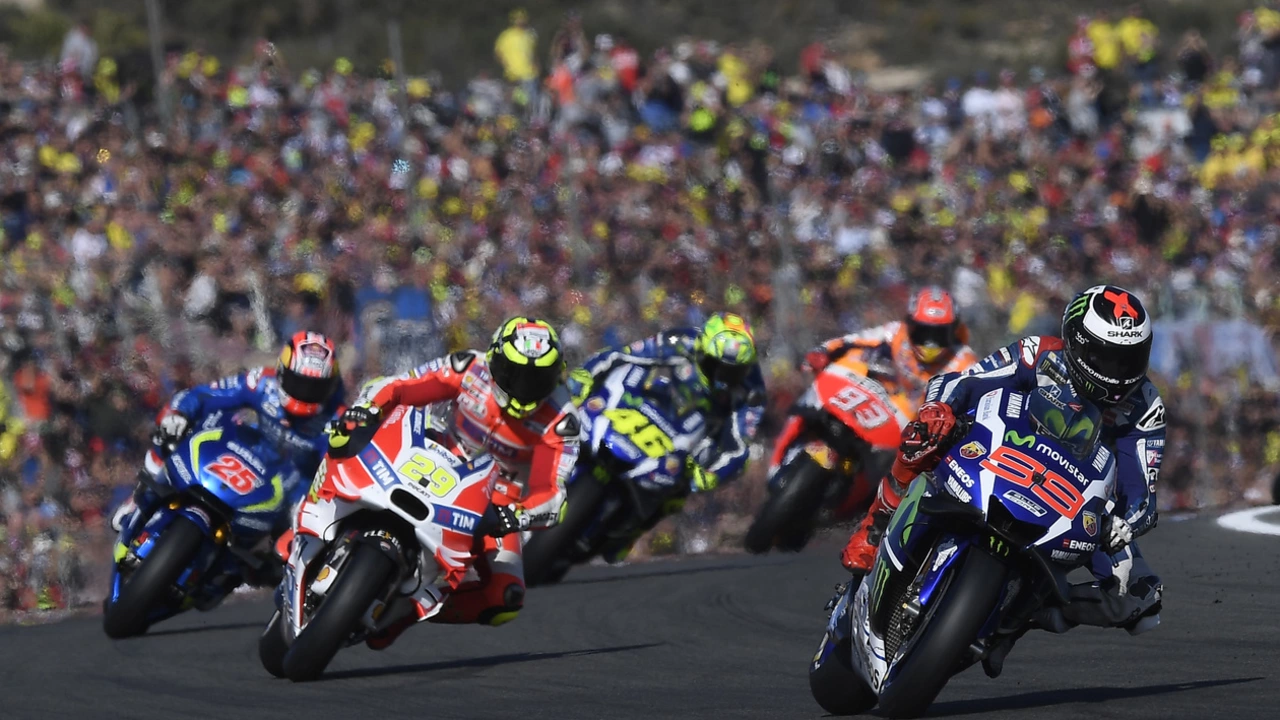Getting Started in Motorsport: Your First Steps Made Simple
If you’ve ever watched a race and felt a rush of excitement, you’re not alone. The thrill of speed, the scent of gasoline, and the roar of engines can make anyone want to jump behind the wheel. The good news? You don’t need a billionaire’s budget to begin. Below are real‑world steps that turn curiosity into actual track time.
Pick the Right Entry Point
Most beginners start with karting because it teaches core skills without the cost of a full‑size car. Look for a local karting club; many offer weekend sessions for under £50. If karting isn’t near you, try a racing simulator. Modern sims are cheap, run on a PC, and give you a feel for braking points, racing lines, and gear changes.
After a few weeks on a kart or virtual track, you’ll know whether you enjoy the pure driving feel or the strategic side of racing. This self‑assessment helps you decide if you want to move to entry‑level cars like a Formula Ford, a spec touring car, or a beginner’s rally car.
Get Licensed and Learn the Rules
In the UK, every driver needs a motorsport licence from the MSA (Motor Sports Association). The simplest path is the ‘MotorSport UK’ rookie licence. You’ll need a basic medical check, a short theory test, and proof of a valid road licence. The whole process can be completed online in a day.
While you wait for the licence, study the rulebook for the class you want to race. Knowing flag meanings, pit lane etiquette, and safety car procedures saves you from costly penalties on race day. Most clubs provide a free handbook; skim it now, and you’ll feel more confident at the first event.
Budget matters, so plan your expenses early. A typical beginner kit includes a licence (~£80), safety gear (helmet, suit, gloves – about £300 total), and a modest entry fee per race (often £30‑£50). If you’re short on cash, ask local clubs about equipment rentals; many let you borrow a helmet or suit for a small fee.
Networking is a hidden powerhouse. Attend a race weekend as a spectator, chat with participants, and ask about seat time. Senior drivers often remember their own first race and are happy to point you toward a seat in a cheap, older car that still runs well.
When you finally get on track, focus on consistency over outright speed. Hitting the same corner entry each lap builds confidence and reduces mistakes. Use a notebook or phone app to record laps, noting where you lose time. Small tweaks—adjusting tire pressure, moving your seat back a few centimeters—can shave seconds off your lap.
Don’t forget physical preparation. Motorsport demands core strength, neck stability, and endurance. Simple routines like planks, shoulder presses, and cardio two to three times a week help you stay sharp and avoid fatigue during long races.
Lastly, enjoy the process. The first lap will feel shaky, the second a little smoother, and before you know it you’ll be chasing personal bests. Each race is a lesson, and every mistake is a step toward becoming a better driver.
Ready to put the pedal to the metal? Grab a helmet, sign up for a local karting night, and start logging those laps. The track is waiting, and the only thing stopping you is taking the first step.
How to get started in superbike racing (WSBK, MotoGP)?
Starting a career in superbike racing, like WSBK or MotoGP, is an adrenaline-packed adventure that requires a mix of talent, training, and dedication. It all begins with learning to ride a bike professionally, followed by getting a competitive motorcycle and safety gear. Then, you need to participate in local races to gain experience and exposure. It's also crucial to get a racing license and join a racing school to hone your skills. Remember, persistence and a never-give-up mentality are key in this high-speed sport.



